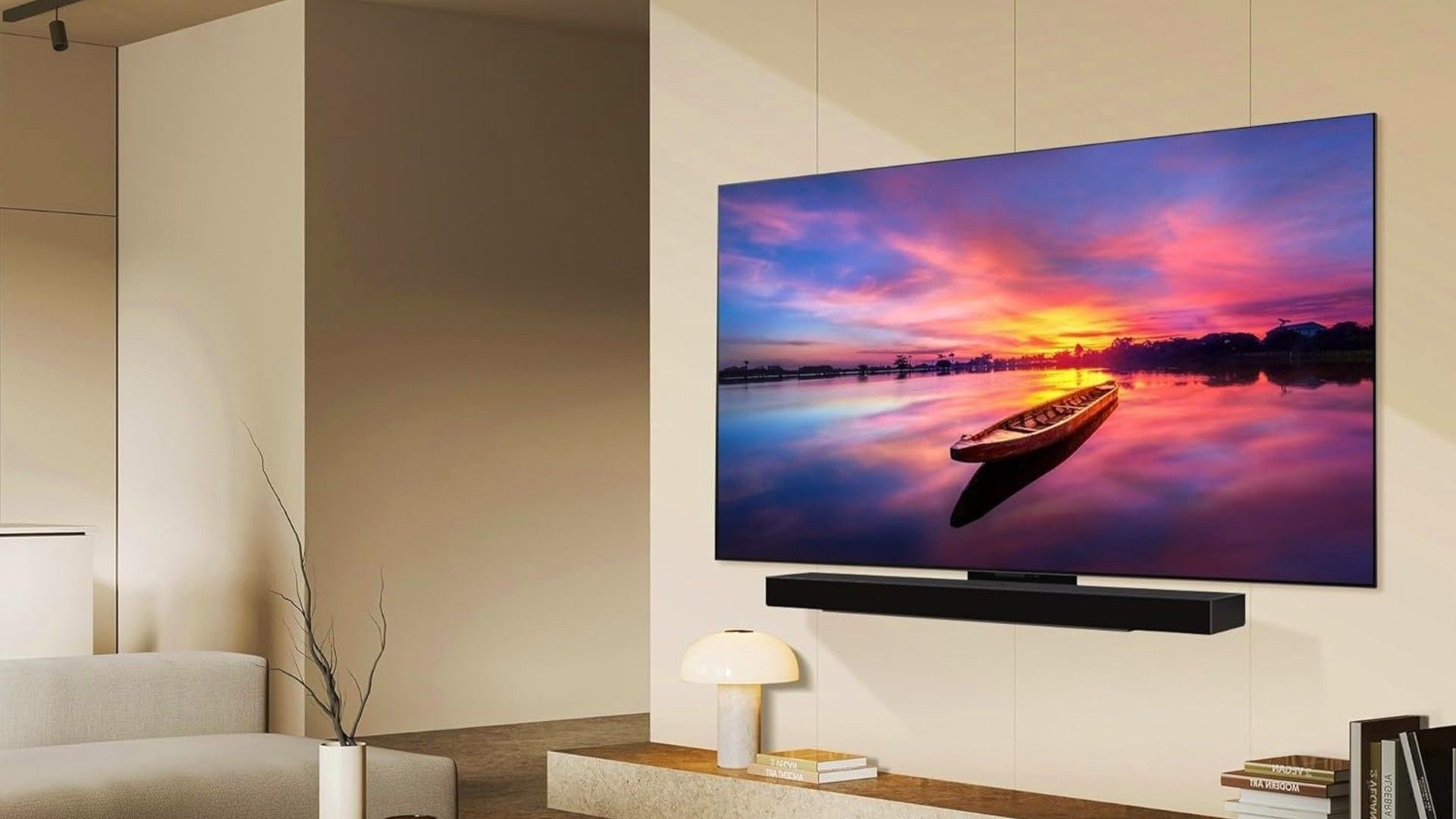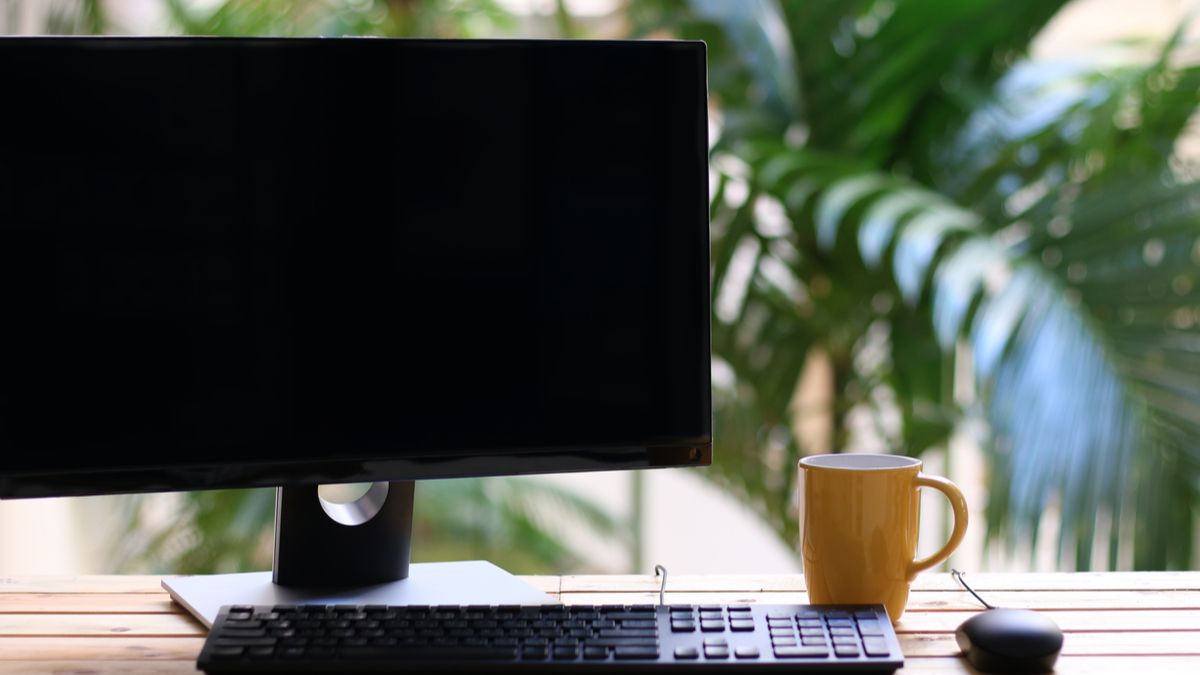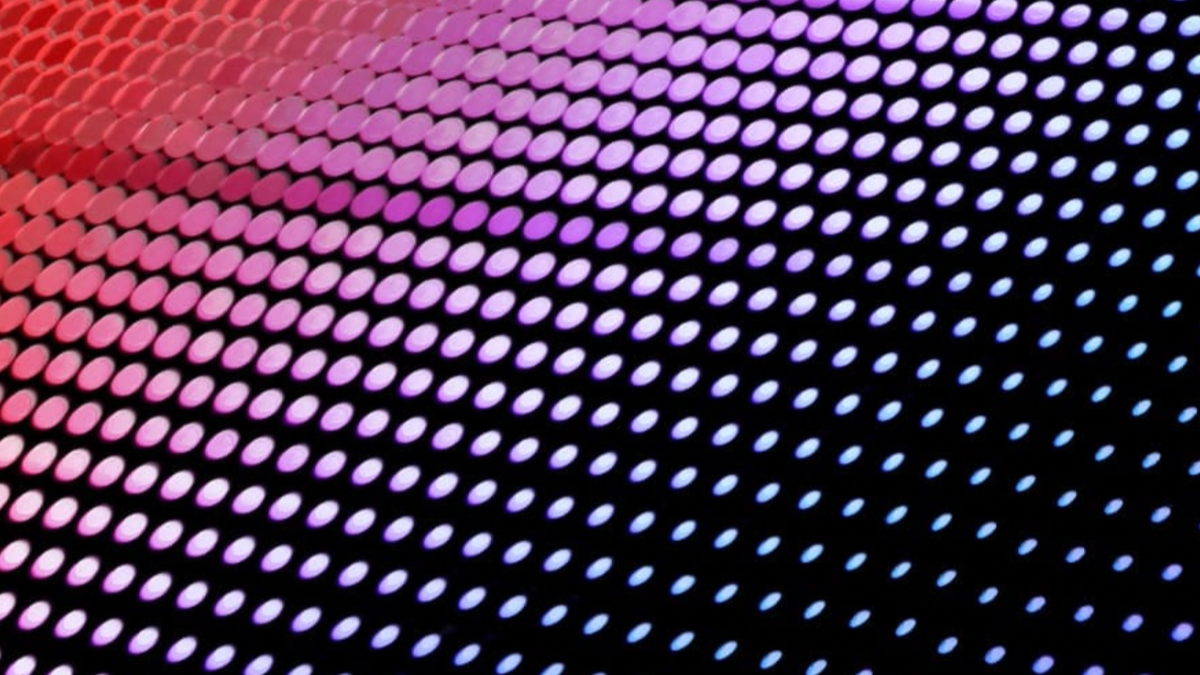Summary
- OLED offers superior image quality with true blacks and improved contrast ratios compared to LCD.
- Even after 5 years the quality of the picture still blows me away when I watch movies or play games on my LG CX.
- OLED technology is still advancing, with new models boasting higher peak brightness and enhanced features while being more resistant to burn-in thanks to better cooling solutions.
After buying a brand new OLED TV in 2020 to see out the COVID-19 pandemic, I didn’t think I’d be sitting down in front of it five years later and still thinking “wow, that looks good.” And yet here I am, almost 5,500 hours into the panel’s lifespan, happy as can be.
Why I Picked an OLED
In the midst of a pandemic-fueled slump, my partner and I decided that if we were going to spend a lot of time indoors for what would likely be years, we were probably going to be spending a fair bit of time in front of the TV. The old 42-inch 1080p LCD was nearly a decade old, and there was a far more exciting display technology in town: OLED.
In August of 2020, I pulled the trigger on a brand new 65-inch LG CX OLED. This was a few months before the release of the next-generation Xbox Series X and PlayStation 5, at a time when going out to socialize simply wasn’t an option. Though expensive, the price of OLED TVs had been steadily decreasing and had finally reached a point where the purchase felt questionable but not ridiculous.
I was tempted by an OLED based on what I’d already seen in floor models over the years leading up to the purchase. For the record, this is a terrible way to pick a TV. Floor models often use vivid demonstration modes that jack everything up to 11 in a bid to stand out. Though I was aware of this, there was still no denying that OLED was leaps and bounds ahead of LCD.
You’ve probably heard the spiel by now, but OLED is a self-emissive display technology. Each pixel is capable of being turned off completely, relying on organic material (the “O” in “OLED”) to generate light. This results in inky blacks that drastically improve contrast ratio compared to traditional LCD sets, which rely on a backlight instead.
The end result is a big improvement in perceived picture quality. Images pop because colors and bright lights can stand out against truly dark backgrounds. Though LCD has attempted to remedy its contrast ratio problems with full-array local dimming and mini-LED tech, these features aren’t perfect. Ghosting and latency issues are still a concern.
The other reason I opted for the CX, LG’s upper-mid range option, was the 120Hz panel. In 2020, Sony and Microsoft were talking up the notion of 120Hz gaming. While we never quite realized that dream, some games like the multiplayer portion of Halo: Infinite and The Touryst have hit the panel’s maximum refresh rate while games like Fallout 4 and Ratchet and Clank: Rift Apart make use of a 40FPS cap which depends on a 120Hz panel.
No Signs of Burn-In (Yet)
The only concern I had, other than spending way more money than I’d initially bargained for, was image retention—an issue commonly referred to as burn-in. Because of the nature of OLED panels, burn-in is a very real threat (albeit an overblown one based on my own experience).
Because the materials used in the manufacture of an OLED panel are organic, they effectively wear out over time. This means that the more use a particular part of the display gets, the more it wears. OLED burn-in is better characterized as uneven wear that results in an image being “worn” into the screen.
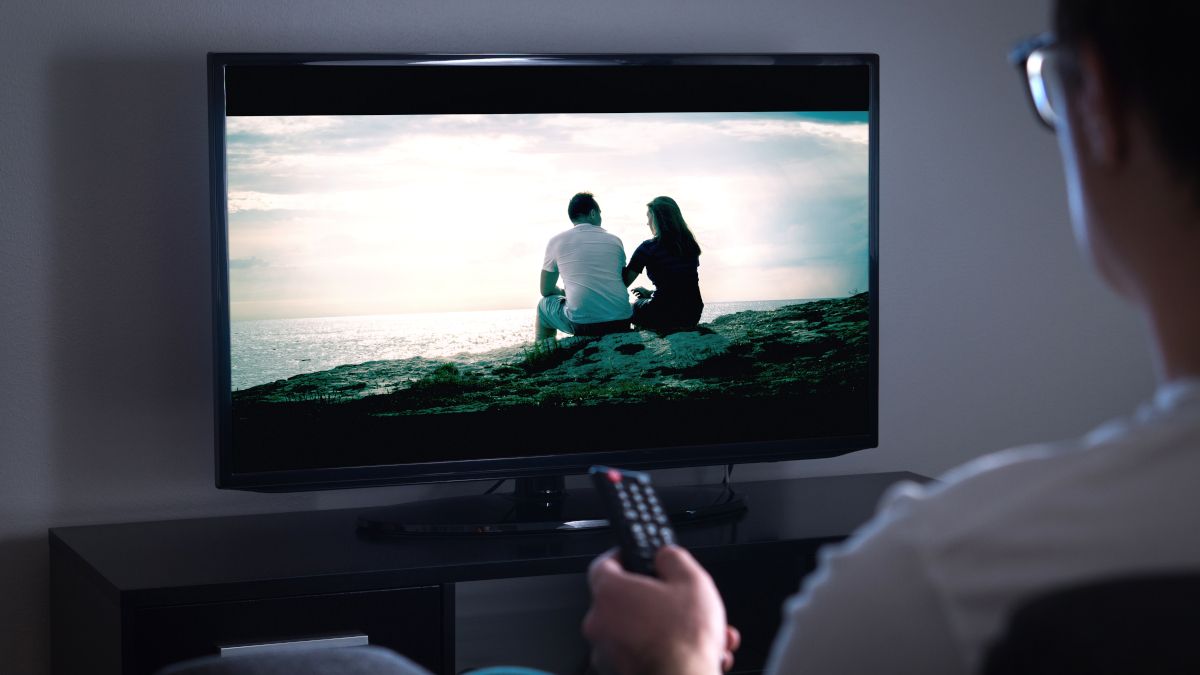
Related
How to Maintain an OLED TV to Prevent Burn-in and More
From preventing burn-in to moving house with your TV.
This is a real problem if you watch the same rolling news channel every day, since static elements like a news ticker or channel logo will cause those areas to wear at an uneven pace compared with the rest of the display. But for anyone who displays a range of content on their OLED display, from movies to video games (even ones with static HUD elements), it’s far less of an issue.
Five years in, LG’s panel has held up beautifully. There’s no visible Netflix logo in the corner, nor can I see the outline of the Xbox dashboard either. I’ve also committed to not actively looking for burn-in. I’m of the opinion that the problem will get exponentially worse if I start obsessively checking with colored slides on a regular basis.
Something else I’ve not had to contend with are dead or stuck pixels. This is a bit of a lottery, regardless of the TV or monitor you end up buying. You can discover several dead pixels on a brand-new panel that hasn’t even had an hour of use, or you can keep the same TV for a decade and have a problem. Touch wood, I’m one of the lucky ones.
Modern OLEDs Are Even Better
While I’m still delighted with the $2,500-ish I spent five years ago, I’m not going to pretend any TV is perfect. Burn-in will continue to be a concern that I’m prepared to deal with eventually, even if it’s just a problem that affects specific hues (like yellow appearing green).
Like many OLED panels, near-black performance isn’t amazing either. This is mostly an issue when the TV comes out of pitch black, which can cause unsightly macroblocking (visual artifacts). A very dark grey shows the panel banding inherent to the W-OLED panels used by LG (which use white light that’s passed through a color filter).
It’s also true that peak brightness isn’t anywhere near what other TVs are capable of. I’ve never seen this as a huge issue, but I’ll admit that the 1600 nit peak brightness of my MacBook Pro’s mini-LED display puts my much larger 65-inch TV to shame. The good news is that many newer sets don’t have these problems, or have gone a long way towards fixing them.
Modern OLED panels are more resistant to burn-in and sport better cooling solutions that allow them to get brighter than ever before. Samsung’s decision to finally get into the OLED game (after slinging mud for more than half a decade) saw the arrival of QD-OLED. These panels have far less banding and better color reproduction since they use quantum dots rather than a color filter.
-
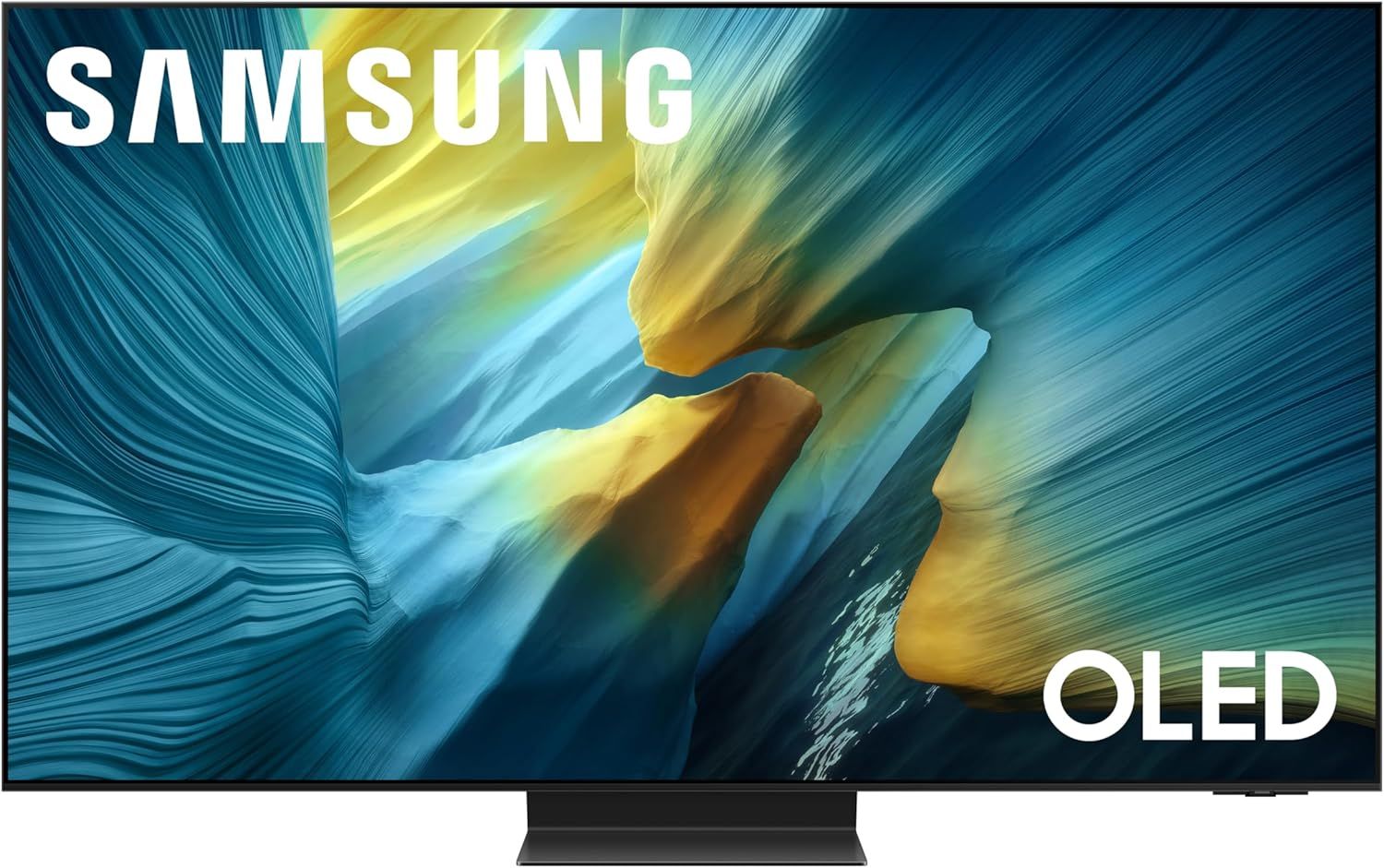
Samsung S95F 55-inch OLED TV
Samsung’s flagship QD-OLED features AI-enhanced picture quality to deliver exceptional 4K visual for streaming, gaming, live sports and more. Play games with VRR at up to 4K 165Hz on supported sources, with upscaling and SDR to HDR transformatio to make even regular content shine.
-
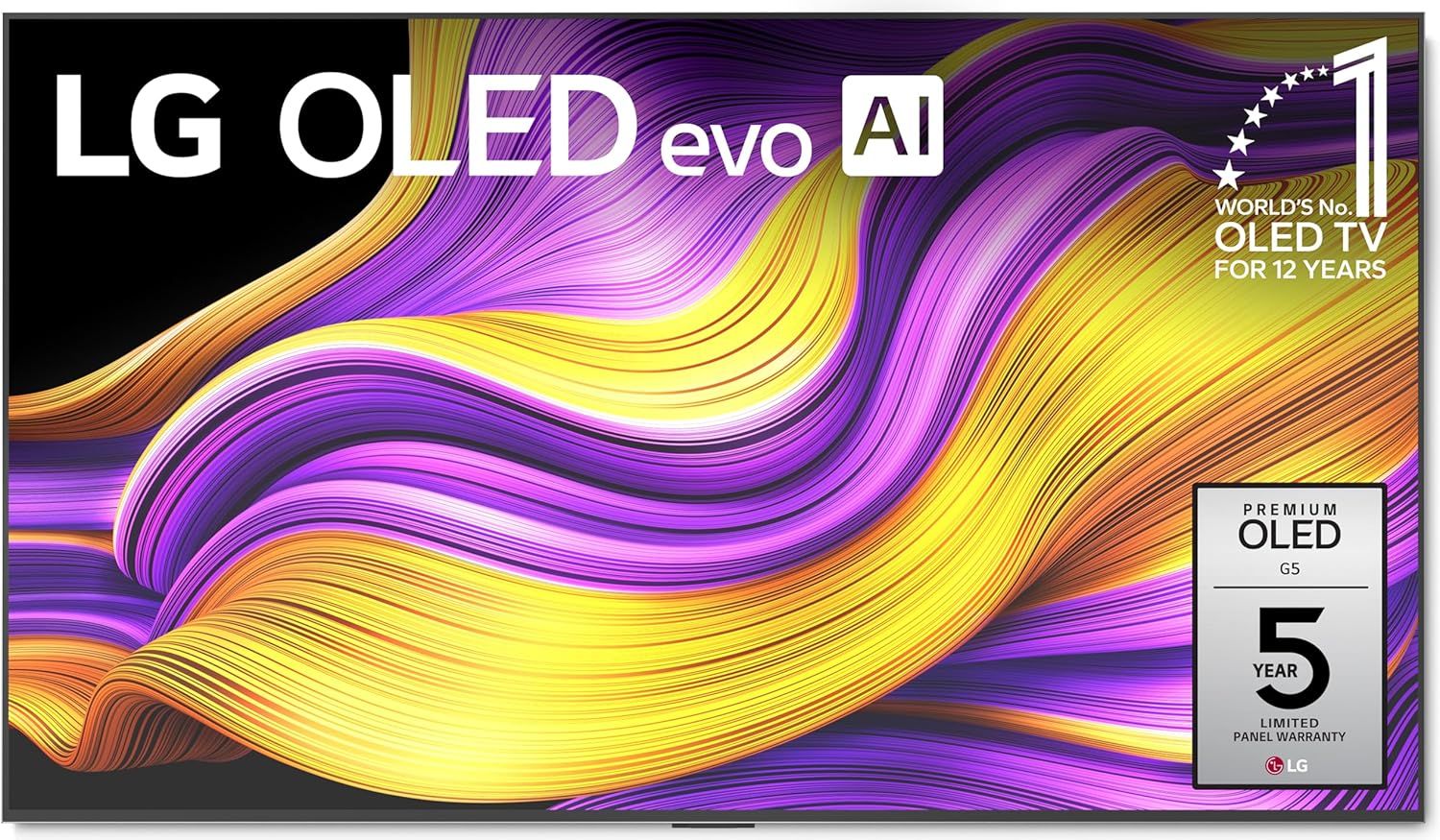
LG G5
LG’s flagship 2025 OLED TV features a 5-year panel warranty, AI picture optimization and upscaling, with support for Dolby Vision, Dolby Atmos, and FILMMAKER Mode. Play games with VRR at refresh rates of up to 165Hz in full 4K HDR resolution, and enjoy a world of apps and extra channels via LG’s webOS operating system. The TV is designed to sit flat against the wall, like a piece of art.
LG now offers a 5-year panel warranty on its premium G-series and signature TVs, while Samsung’s 2025 S95F hits over 2000 nits peak brightness on a 10% window according to some tests. The best OLED TVs now hit refresh rates of 165Hz, which is absolutely overkill for modern console gaming but great for PC gamers who want to play on the big screen.
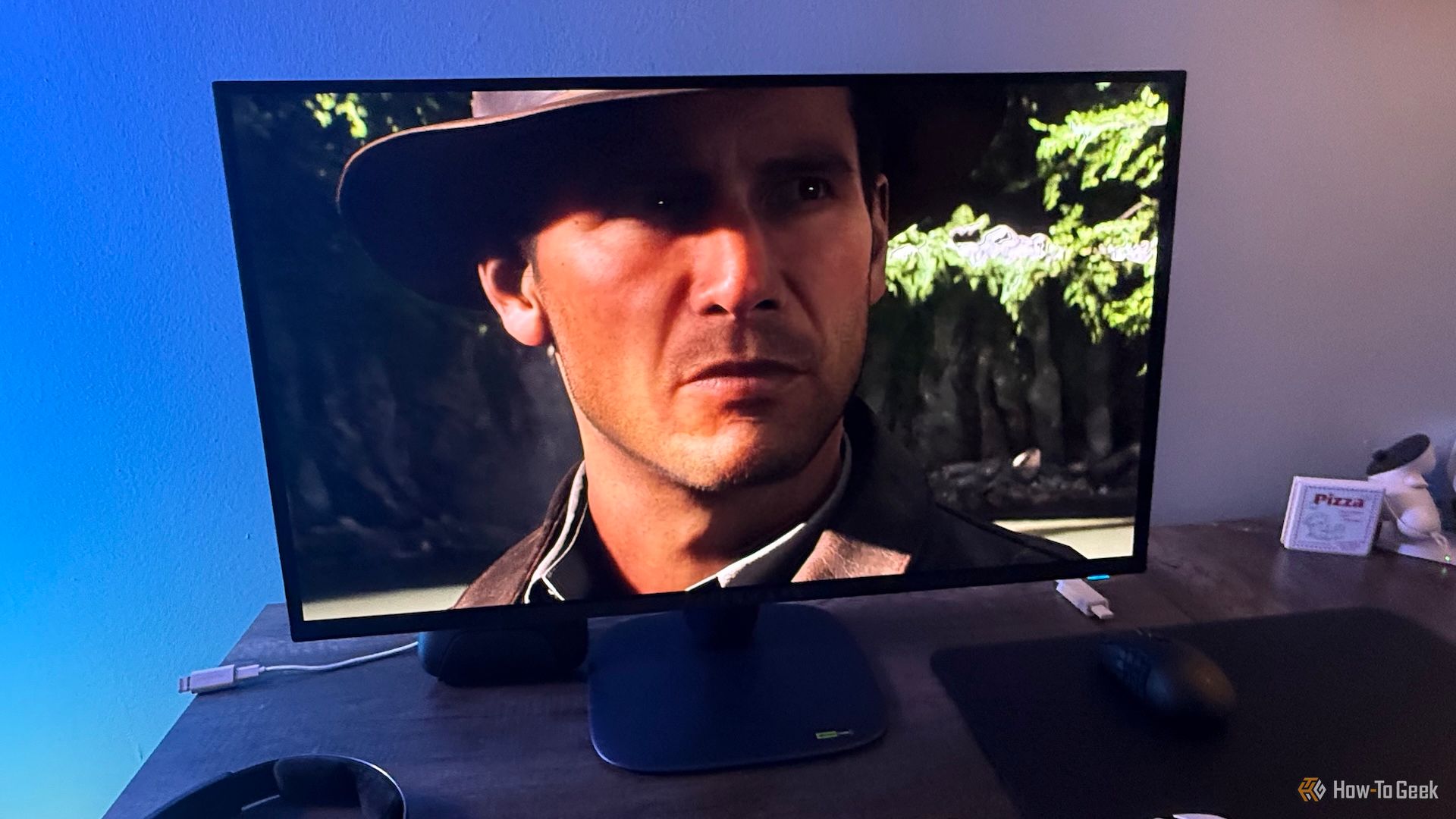
Related
I’d be spoiled for choice if I needed to replace this thing tomorrow, and that’s a nice problem to have. Despite this, it says a lot that I feel no need to upgrade yet.
There Are Downsides, Too
It seems like OLED panels are taking over. My iPhone has an OLED panel, as does my Apple Watch. I picked up a Steam Deck OLED for gaming on the go. The problem with the OLED-ification of the world is that other displays now look underwhelming by comparison. You get used to the contrasty look of an OLED display pretty quickly and before you know it you’re a display snob. How-To Geek’s Sydney Butler confessed that they’d be keeping their OLED Switch close even after the Switch 2 launch because it looks so good.
-
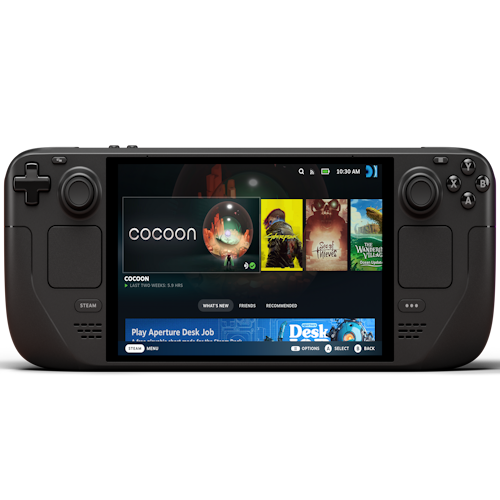
Steam Deck OLED
Elevate your gaming experience with the Steam Deck OLED. Immerse yourself in stunning visuals on the vibrant OLED display, while enjoying powerful performance and portability.
-
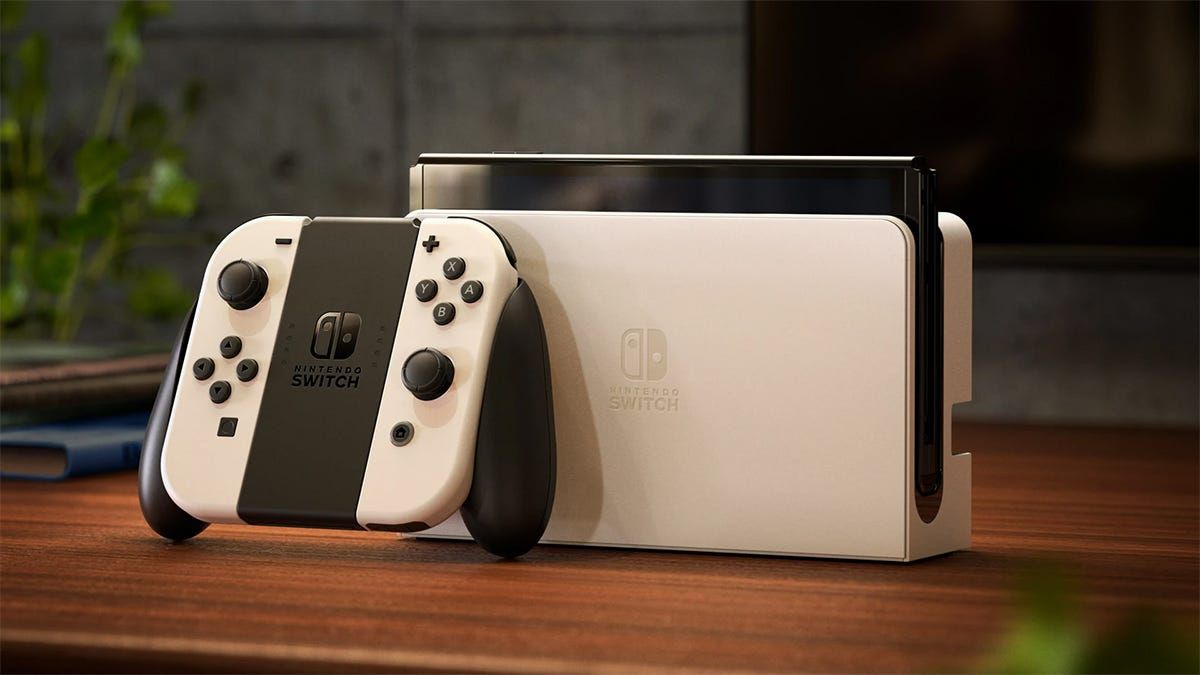
Nintendo Switch OLED Model
The latest Nintendo Switch model is coming soon and the reviews are looking good.
Despite my glowing five-year review, I don’t think OLED is perfect for every use case either. If my Mac had an OLED display, I’d be very concerned about burn-in, considering that the dock and menu bar never move. Ismar, another How-To Geek writer, cites burn-in as a reason for avoiding an OLED gaming monitor that will also be used for everyday computing tasks.
The ROG Ally next to an OLED Nintendo Switch. Both devices offer impressive screens in their own right.
But overall, for playing games, watching movies, and other tasks that don’t involve staring at static elements for hours every day, OLED wins. I’m fully on-board, at least until microLED takes over sometime in the next decade.


